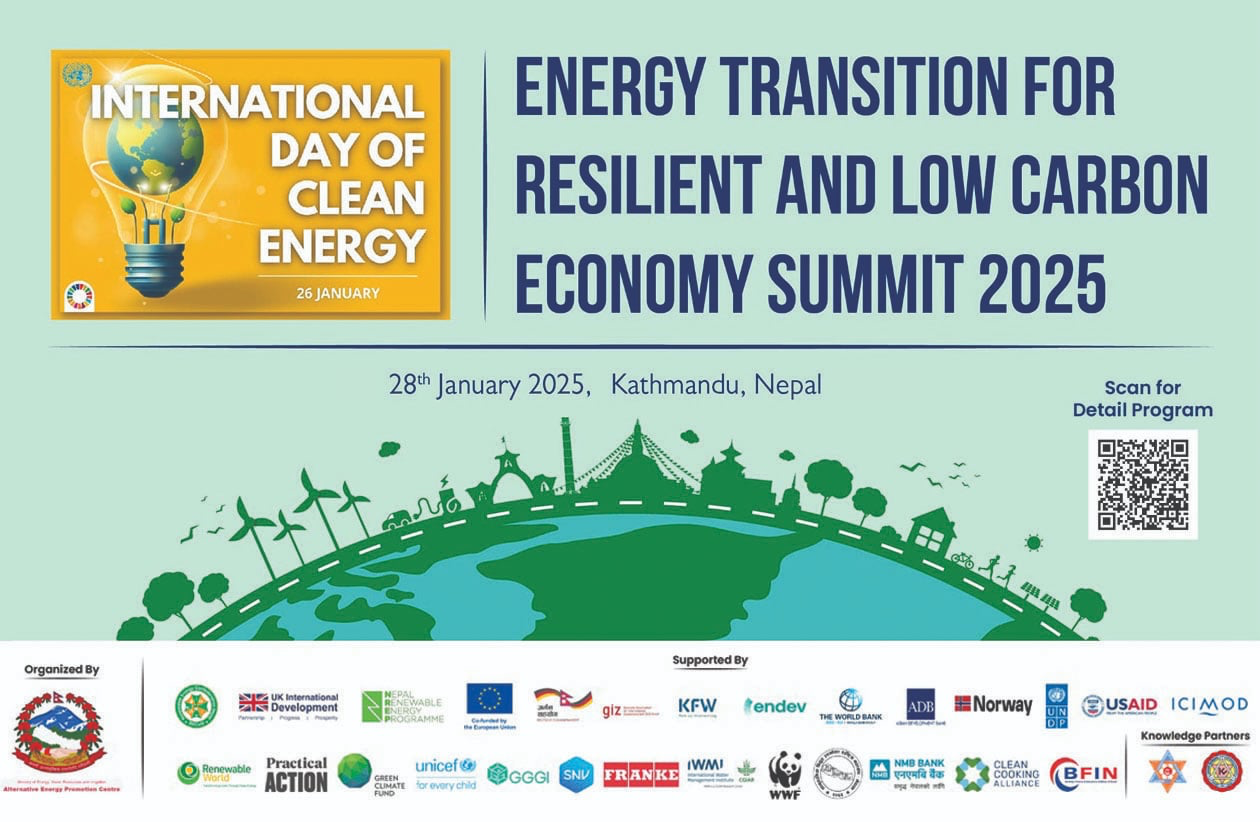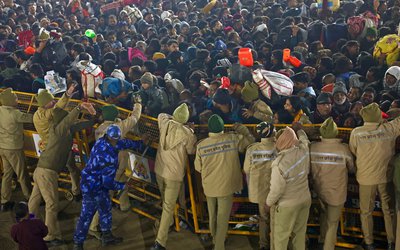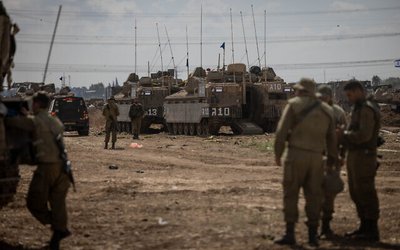
Kathmandu, the capital of Nepal, earlier known as Nepal and sometimes Kantipur city has really become the Nepal. Now it (the city) is a mosaic of every Nepali as well as foreign culture. Though politically and administratively divided into three cities or districts, Kathmandu Valley presents a prosperous and progressive Nepal. As you pass through the kaleidoscope, you will find people from all 77 districts, 7 hundred and 53 municipalities. Is it a courtyard or an arena of mass corruption, without rule of law or impunity, a systematic smuggling destination for all? Ironically, everyone is safe under the reign of the current leadership, as if prosperity and happy citizens!
Once my grandfather used to say that he was from Nepal and he had to go to Nepal for different purposes. It means that then there was only one Nepal, i.e. the Kathmandu valley, and now there is Nepal and it is only the Kathmandu valley. Moreover, there is no sense of the presence of 7 provinces and 7 hundred 53 Palikas. The larger and internationally recognised or known Nepal once unified by the founding father King Prithvi Narayan Shah (1769) has shrunk to Kathmandu valley, though we talk a lot about the federal republic of Nepal. Whether it is the boon of science and technology, bad governance or good governance, decades of Maoist insurgency or...? Now Kathmandu has become the palace of all Nepali nobles and the lair of all evils, even foreigners. The writer sees it as one of the contributions of multi-party dispensation; you can take it otherwise - the impact or result of weak governance, problem across the nation belatedly democratic federal republic of Nepal. What is the fact and what is the reason behind it is a question for a social scientist. Are we expecting a social movement? Let us hope in 2027 AD! However, the Kingdom of Nepal has been divided into the capital and the rest as urban and rural. This logic can be undermined if one considers other big cities like Biratnagar, Pokhara and some district headquarters of the kingdom.
Even with the presence of an elected government, security forces and local administration at the district headquarters, a literal citizen feels a lack of governance around him. Even without the presence of any insurgency and its activities in most areas of the kingdom, there is a sense of insecurity and lack of government, as if under a remote control system of corruption, insurgency prevails there. The void of effective central and local government had created chaos and anarchism of armed conflict outside the Kathmandu valley. The presence of a once-in-a-blue-moon insurgency has intimidated the locals for more than a year. The size of the numbers, activities and gajasas (local governments) of them were really few or hardly existed but the havoc, rumours and media ghost were beyond imagination. There is a saying - hatti ayo hatti ayo phussa (elephant! elephant! but really no elephant), except the uprooting of the monarchy. What went wrong in the past can be attributed to small mistakes. The new governments, political parties and civil societies are primarily responsible. The so-called people's representative governments of the multi-party system have tamed all their lawmakers, sycophants and political cadres in the valley.
Once elected or elected on a proportional basis, they stay in the capital and become tourists to their respective constituencies. Their voters feel betrayed as a silver jubilee medal winner (Balaram GM) of the panchayat system from Rolpa district. Whenever the hung parliament is there, no function take place voters are not asked to retest their sovereignty rather gathbandan governments are formed within coalition label/brand with 360 degrees i.e. all possible forms of coalitions devoid of principles and ideology. Today's government is the same. Intrigues and counter intrigues within own political parties and between (intra and inter) political parties have been developed as federal political culture. All decisions and policies are prepared from Kathmandu-Nepal without any vision of their implications or on the recommendation of their party cadres, especially sycophants who are gathered in Kathmandu-Nepal as nobles of the government. Migrants, displaced people, human traffickers of all kinds, unemployed, residual students, bankers, moneylenders, sycophants, politicians and nobles of all kinds have settled in Kathmandu-Nepal.
Lokdohori, Rhondi, Dewda, Dhannach, Tharunach, Tarahanne/Archery, Lotchhars etc. are performed in Tundikhel and restaurants/bars of Kathmandu. A few decades ago, these cultures were unknown to Kathmanduites. District meetings or Samparkmanch (contact forums) of nearly 72 districts are held, speeches and local plans and programmes are designed in such meetings by their respective political leaders who visit the village once in a blue moon for rendering services and welfare of the districts. Peris danda, Chyasal, Sanepa, Naxal and Baluwatar monitor, guide and help to make these functions and ceremonies successful. Even a field researcher does not need to visit Palikas and conduct interviews on the spot; it can be done from Kathmandu through an auto-random system, i.e. at the will of the partisan. Office pads, seals and necessary documents (micro-pocket office) can perhaps be obtained from Kathmandu. This is the uniqueness of Nepal, Kathmandu!
The rest of Nepal, beyond the Kathmandu valley, is hanging by a thread, Pashupatile rakshagar! Local bureaucrats wait for their monthly salaries, rain or shine. They used to wait a shift and spend days or months at the district headquarters, but now they are at the palika. A good practice, but today almost all local public hospitals outside Kathmandu are without doctors. They have nothing to offer in terms of goods and services to the public. Everything revolves around its own axis. Don't talk about the federal offices and remote municipalities, they are self-regulating even without designed officers, the local offices are run by junior bureaucrats or office assistants; NGOs and civil societies function in the pockets of shrewd nobles. The Kathmandu-Nepal based media, civil societies and sycophants have run the state in a vacuum, a stateless notion. It was what one might call 'regression' and Mandale; now Pakhandi, foreign hands - Bideshi prabhu and Abanchit tatto? Who to attribute it to? We have changed, we have mandated and empowered our rulers.
Thus, Kathmandu valley represents Nepal. She possesses all sorts of facilities to render goods and services to these elite Nepali who were/are able to come and sit close by the palace of wrong doers. Development partners are happy to invest, conduct and perform awareness and development programs at their own courts such as at Pulchowk or star hotels. Dalits, bonded labors, Janajatis, Kusundas, Raute, Chepangs, Haliyas, Maobadi pidits, refugees, etc. are immediately available at the door steps of the donors, capital based I/NGOs and government and its development wings- ministries, departments, commissions, committees and parastatal organizations. My mind mostly wonders whether it is a privilege and opportunities to those i.e. government, donors, insurgent displaced people and political parties to have a boon to be in Kathmandu-Nepal which is relatively safe and prosperous under the rule of gathbanda compared to the rest. Those institutions have opportunities to serve their target groups locally in the capital, Bhaisepati- contact offices of Provincial chieves. This is what my parents and grandparents used to say 'Nepal' means Kathmandu, the capital of our unified Nepal breadth to length- Mechi-Mahakali and Terai to Himal but now we are under the federal republic Nepal.
Dr. Sharma is a professor of Tribhuwan University, Kirtiur Campus. The views expressed in this article are those of the author and do not necessarily reflect the views or positions of New Spotlight.
- Elderly Abuses And Challenges In Nepal
- Sep 12, 2023















